Since the 18th century, in the Phu Bien Tap Luc by Le Quy Don, the word "porcelain" was mentioned, when they were quite popular materials used in the decoration of the lords' palaces and houses of the people at that time: "In the back garden, there were fake gem mountains, square ponds, rainbow bridges, and water pavilions. The inner and outer walls were all built several meters thick, using lime and pieces of porcelain to create the shapes of dragons, phoenixes, unicorns, tigers, grasses and flowers...". In the folk and royal art life in Hue , the term porcelain inlay has been used for a long time and has become a common way of referring to the decorative art genre of cutting, pressing, gluing and assembling pieces of porcelain onto the surface of architecture, round, masonry statues or objects, thereby creating artistic images.
Decorative art of Nguyen Dynasty architecture
 Việt Nam•21/09/2024
Việt Nam•21/09/2024
Admire the million-year-old Chu Dang Ya volcano in Gia Lai

It took Vo Ha Tram 6 weeks to complete the music project praising the Fatherland.

Hanoi coffee shop is bright with red flags and yellow stars to celebrate the 80th anniversary of National Day September 2nd

Wings flying on the A80 training ground

Special pilots in the flying formation to celebrate National Day September 2

Soldiers march through the hot sun on the training ground

Watch helicopters rehearse in the sky of Hanoi in preparation for National Day September 2

U23 Vietnam radiantly brought home the Southeast Asian U23 Championship trophy

Northern islands are like 'rough gems', cheap seafood, 10 minutes by boat from the mainland

The powerful formation of 5 SU-30MK2 fighters prepares for the A80 ceremony





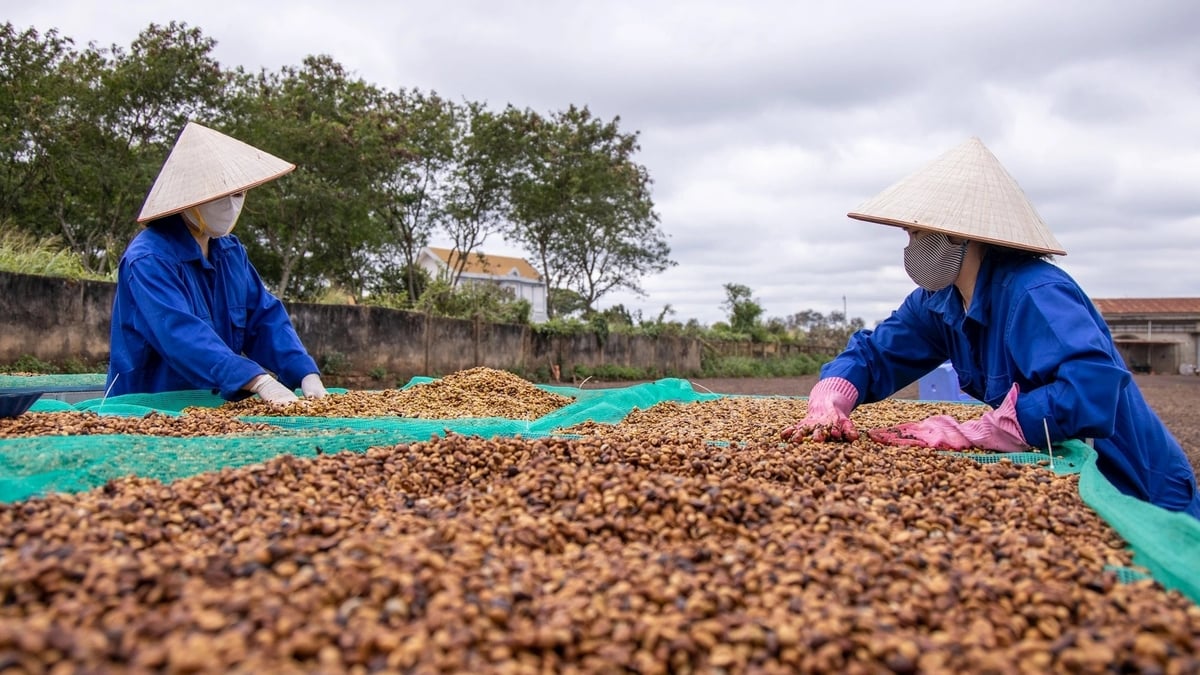



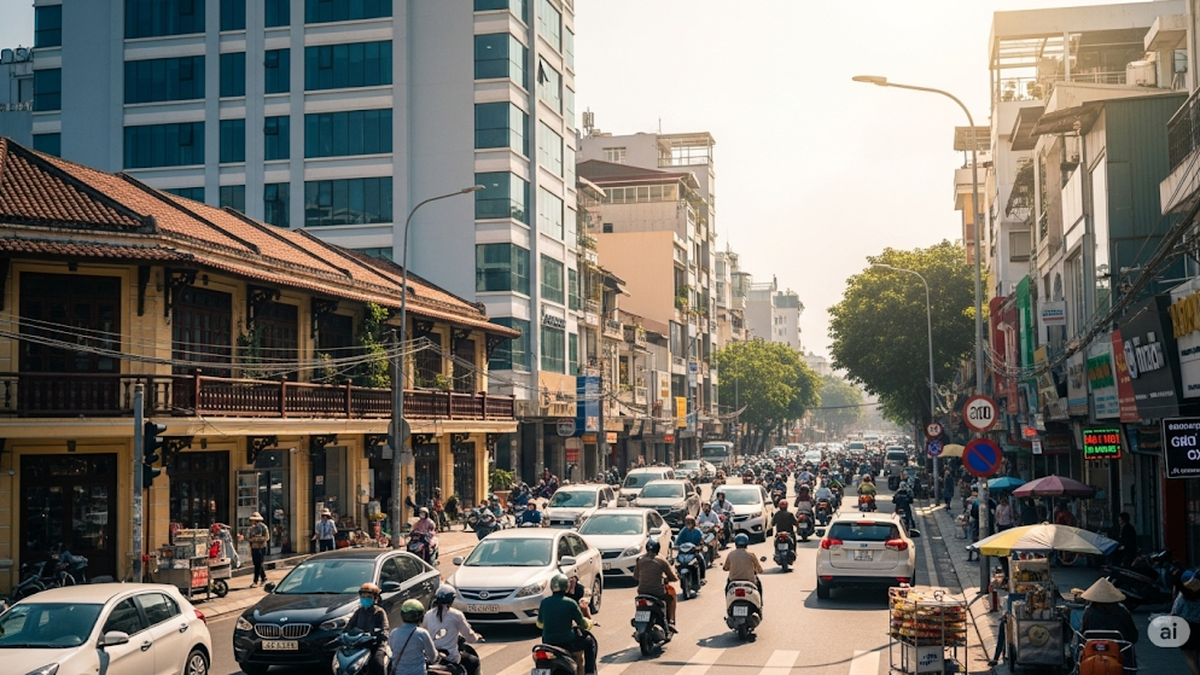

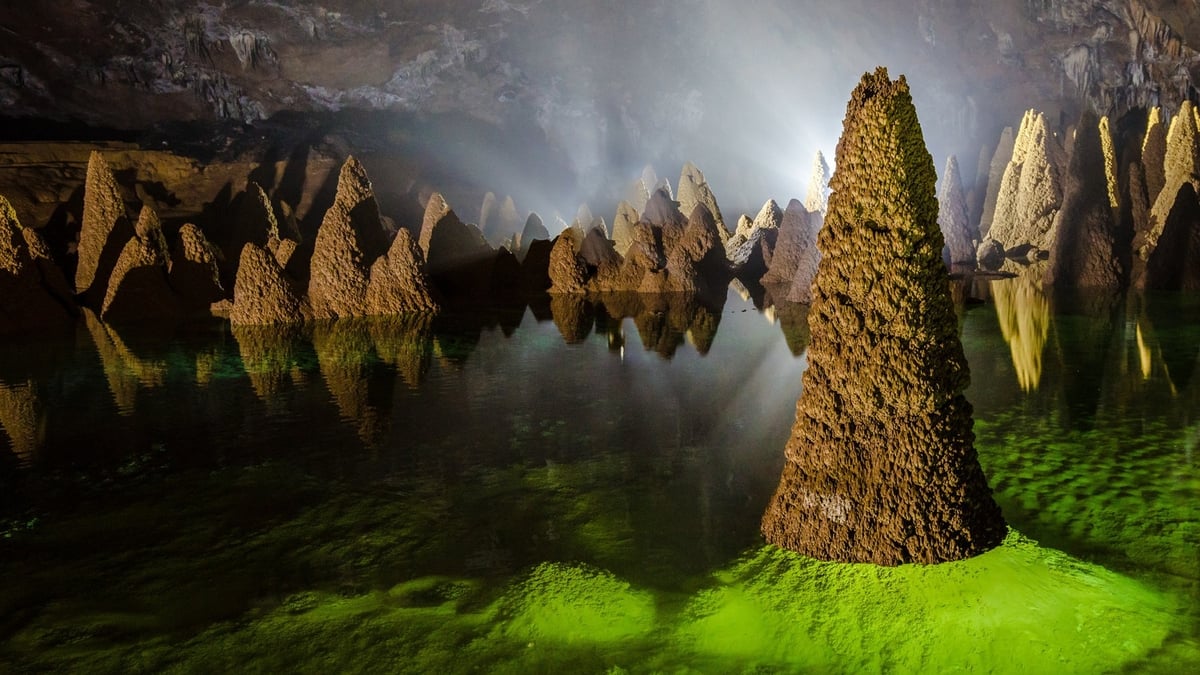









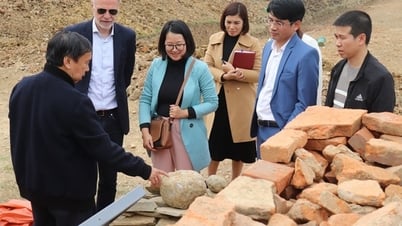

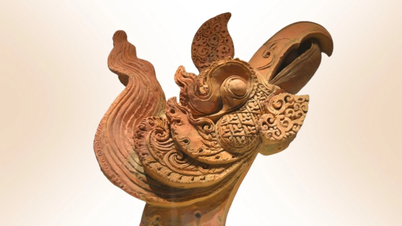



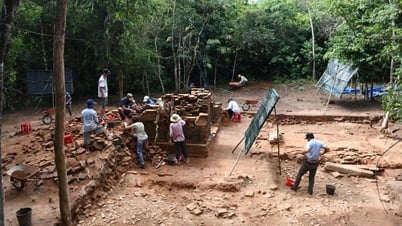











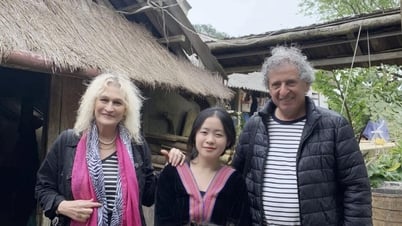















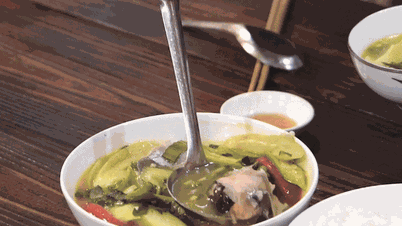




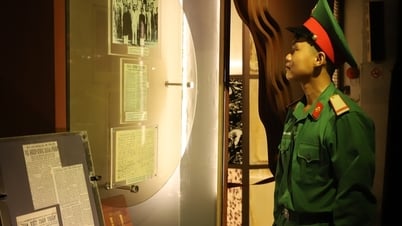
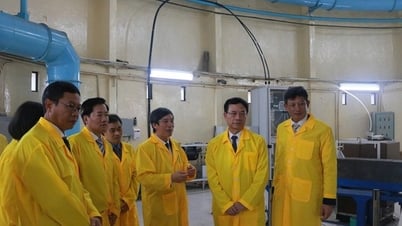

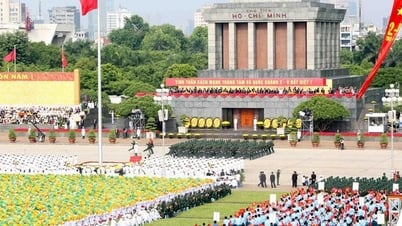
























Comment (0)